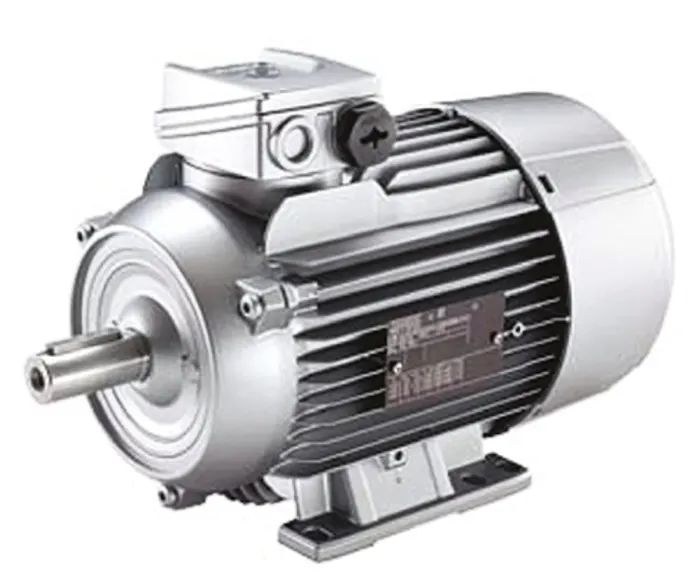This paper discusses the fundamentals of a motor thermal model and its mathematical interpretation and physics for the different stages of motor operation such as overload, locked rotor, too frequent or prolonged acceleration, duty cycling applications. It explains Thermal Model Time Constants and other technical parameters that cause the biasing of the thermal model algorithm. Other topics covered in this paper show that:
(a) detailed motor data sheet information, and
(b) coordination between the protection engineer and the motor supplier, can lead to proper selection of motor thermal protection parameters.
This paper presents a closer look at motor stall, acceleration and running thermal limit curves. It also explains the concept of thermal capacity and elaborates on how thermal capacity is evaluated in motor protection devices. The following points are also covered in this paper:
• Discusses some additional methods, such as voltage dependent and slip-dependent motor overload curves, employed to evaluate thermal capacity in nonstandard motor applications,
• Presents the concept of matching thermal time constants for motor cyclic loads cases. In addition, the response of a thermal model algorithm in practical applications is demonstrated.
• Describes a real case example showing how to apply and fi ne-tune the thermal model in high-inertia load application.
• Explores in this context, some of the key topics that will ensure safe operation of the motor while promoting satisfactory motor design characteristics.
A case study of a 5500HP, 13.8kV induction motor driving an induced draft fan is provided as an example. The paper could be downloaded here
